Savory with rich umami notes, this seasoning salt recipe is rich in minerals. Nutrient-dense sea vegetables blend with herbs, medicinal mushrooms, and minimally processed salt to form a delicious, savory homemade seasoning.
Jump to Recipe | What is it? | What about iodine? | What's in it? | Tips | Variations
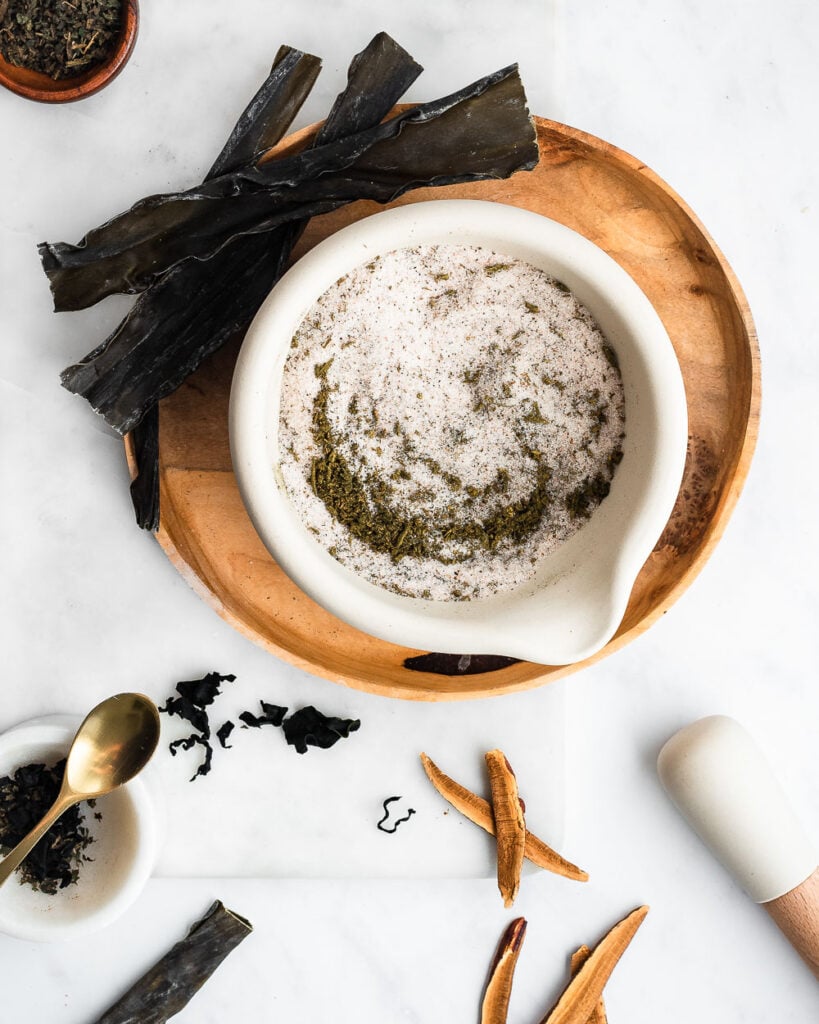
What is mineral salt?
Salt is a crystalline mineral that is made up of two elements: sodium and chlorine. In nature, it also contains a wide variety of other minerals such as calcium, sulfur, potassium, and magnesium (1). Accordingly, minimally processed and unrefined salt will naturally contain trace amounts of these minerals.
There are two primary sources of this minimally processed salt: sea salt and salt mined from underground ancient sea beds. For sea salt, producers will slowly allow seawater to evaporate, leaving only the salt flakes behind. Salt also comes from mines in which producers access underground salt deposits left from ancient sea beds.
What about iodine?
To make table salt, producers will then wash and bleach the salt, refine it to remove other trace minerals, and then include various additives. The most notable of which is iodine (as potassium iodide) as well as anti-caking agents such as sodium aluminosilicate and magnesium carbonate.
The producers of table salt began adding iodine to salt at the urging of public health officials in the early 20th century who found that deficiency in this mineral was leading to goiter and learning disability (2). As a result, not only did incidences of goiter plummet, but IQ also increased (3).
Natural mineral salt contains iodine, but only in trace amounts. If you stock your pantry with minimally processed, additive-free salt, try incorporating other iodine-rich foods into your meals such as sea vegetables, seafood, and dairy products.
What's in it?
In this recipe for homemade seasoning salt, we've included other mineral-rich foods such as sea vegetables, herbs, and medicinal mushrooms. Together, they give salt a rich umami note while also boosting natural salt's mineral content, too.
Minimally processed real salt is mined from underground salt deposits left by prehistoric seas. It has a pinkish color and contains sodium chloride as well as a wide variety of other minerals in trace amounts.
Kombu is an edible kelp. You can find it sold in strips about 6-inches long or in flakes. It contains beta carotene, vitamin K, folate, calcium, iron, iodine, magnesium, zinc and other minerals.
Dulse is a seaweed with deep color and salty flavor. It contains iodine, potassium, calcium, manganese, and iron.
Wakame contains iodine, calcium, magnesium, and folate.
Nettle is a nutritive, anti-inflammatory herb that also contains vitamins A and C as well as calcium, magnesium, phosphorus, potassium, and other minerals. It also makes a delicious infusion.
Celery seed is a spice with a salty, bitter note. It contains many minerals including calcium, iron, phosphorus, potassium, zinc, and selenium.
Reishi mushroom is an adaptogenic herb that supports your body's stress-response system. It contains various B vitamins as well as potassium, copper, manganese, and selenium.
Tips for making seasoning salt
It's easy to make your own mineral-rich seasoning salt. As long as you have a spice grinder (or mortar and pestle), you can make this recipe in less than five minutes. While it's easy to make, there's a few things to keep in mind.
- Grind the herbs as finely as you can, so that they mix easily with the sea salt.
- Try sifting the herbs with a fine-mesh sieve to remove any large bits that remain after grinding.
- Stir the herbs thoroughly into the salt, and give your container of salt a good shake if you notice they start to settle.
- Include the herbs you love. This is a forgiving recipe with a lot of room for experimentation, so use it as a base for your own formulations.
Variations
Try adding sesame seeds. Sesame seeds blend beautifully with sea vegetables and sea salt, and are the foundation for the Japanese seasonings gomasio and furikake.
Swap the nettle for onion or garlic powder, which give this salt a delicious, ultra-savory component.
Swap reishi mushroom for shiitake, or skip it entirely if you prefer.
Add garlic. Most garlic salt consists of salt and garlic powder, but you can make a more nutrient-dense version by adding plenty of garlic to the recipe above.
Other herbal recipes you might like:
References
- (2020) Real Salt Mineral Analysis. Redmond Trading Company.
- Markel, H. "When it rains it pours": endemic goiter, iodized salt, and David Murray Cowie, MD. American journal of public health vol. 77,2 (1987)
- Nisen, M. (2013) How Adding Iodine To Salt Resulted In A Decade's Worth Of IQ Gains For The United States. Business Insider.

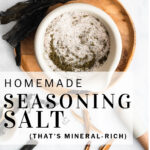
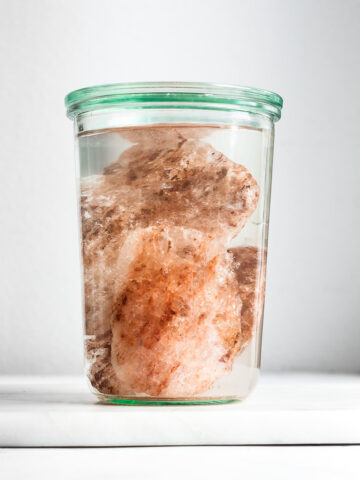
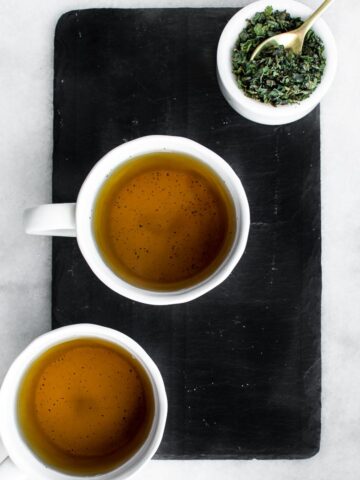
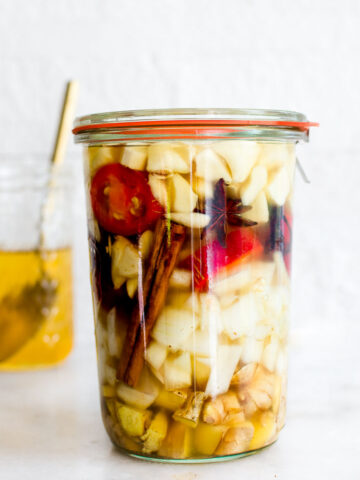
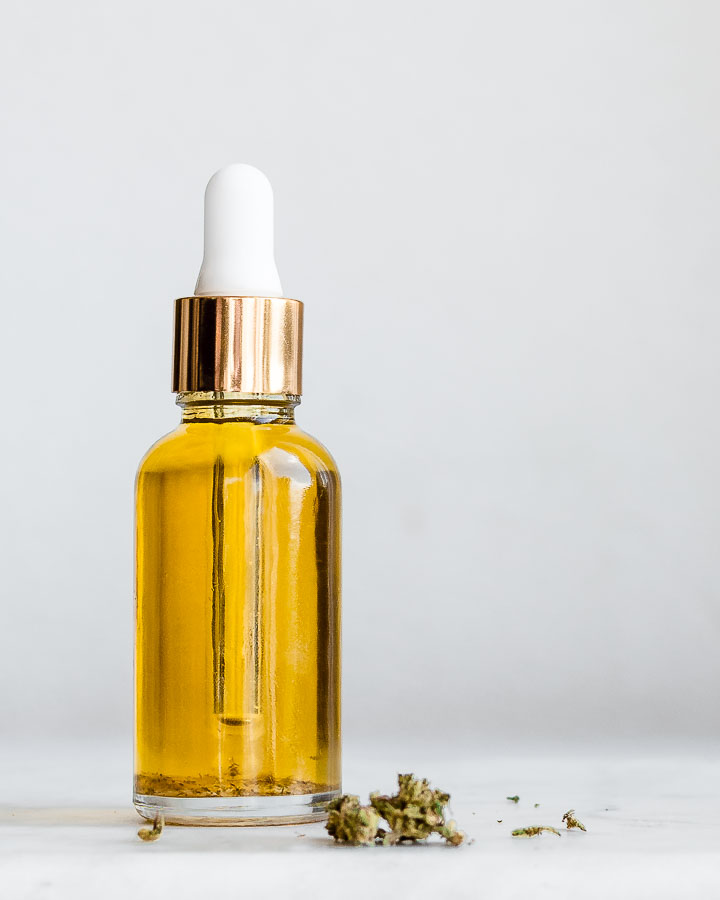
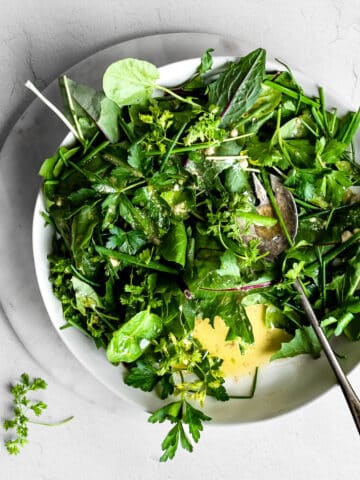
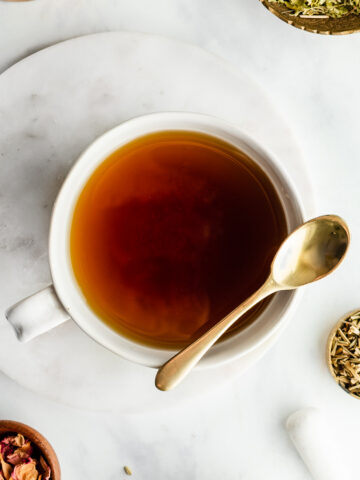
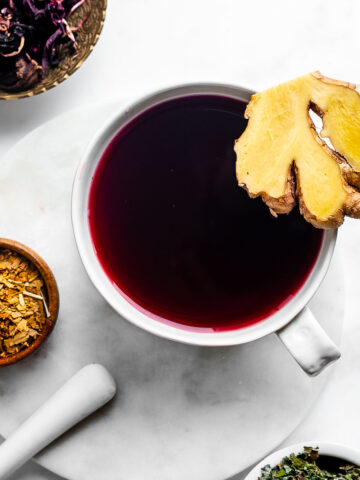
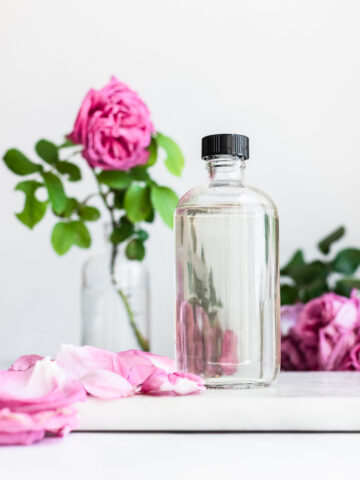
MaryS says
I'm so excited to try this! Love this idea. Thank you!
Jen says
Great recipe! I recently made it and have enjoyed the flavor in soups and stews. I like that I’m getting the natural iodine and additional vitamins and trace minerals.
tessa says
Thank you for this - I've needed to do this forever!